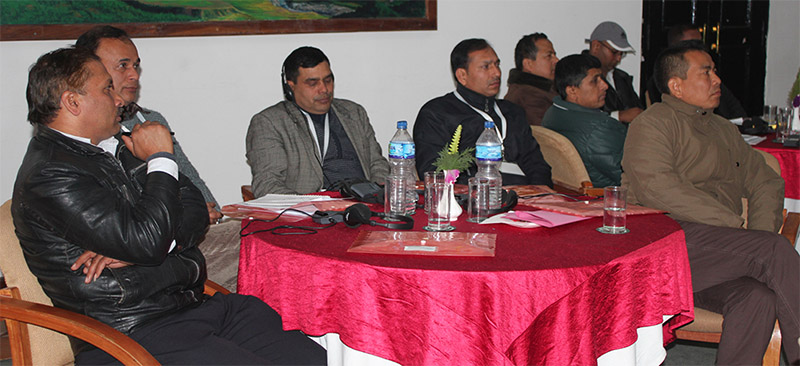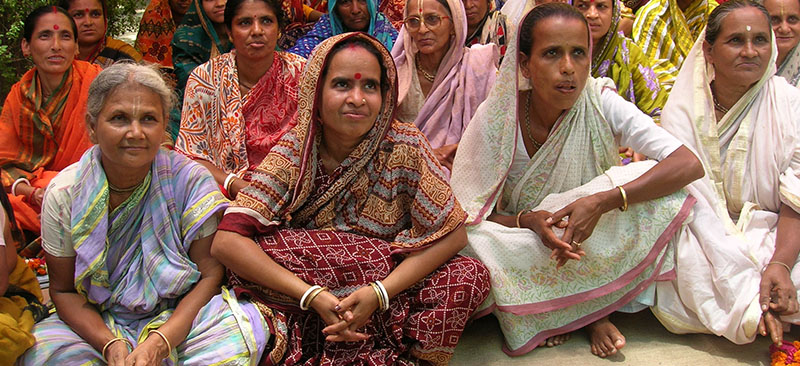In this video series-2, Kabir Kumar, Microfinance Analyst, CGAP, introduces Spandana’s training programme. The video shows how Spandana’s training programme not only set ground rules for all parties involved but empower clients with necessary information and financial education. In this episode, after the initial group formation, all members participate in mandatory training, where the field officer explains the vision, mission and terms and conditions of microfinance to the group. Further, the field officer also maintains the group training register. Later, the field officer visits the clients at their residence.
Blog
Creating a Tipping Point for M-Banking
The note examines why the take-up of m-banking services has often been slower than anticipated, and highlights the importance of financial education programmes. Using Malcolm Gladwell’s book “The Tipping Point: How Little Things Can Make a Big Difference,” this note describes three agents of change that create tipping points in the spread of various mobile financial services: strategic alliances/ partnerships and marketing agents; branding and building on initial uses of m-banking services; and the power of context – the customer value proposition.
SHARE Microfin Limited: Managing transformation for growth
This study describes SHARE’s journey through transformation, covering the organizational transformation and change management, growth strategies, as well as the brand management and market segmentation.
Future of M-Banking
In this video, Ignacio Mas, Senior Advisor, CGAP, discusses the future of m-banking in microfinance industry.
Future of M-Banking
In this video, Ignacio Mas, Senior Advisor, CGAP, discusses the future of m-banking in microfinance industry.
Mobile Banking Part 3
In this video series-3, Ignacio Mas, Senior Advisor, CGAP, discusses the role of various partners involved in making branch-less banking a sustainable business model. Ignacio talks about the numerous choices MFIs must make on various fronts such as technology, business model, product, marketing etc before adopting rolling out branchless banking channel. He emphasises on developing a practical business model where all the participants MFIs, telcos and agents work together to make branchless banking a success.

